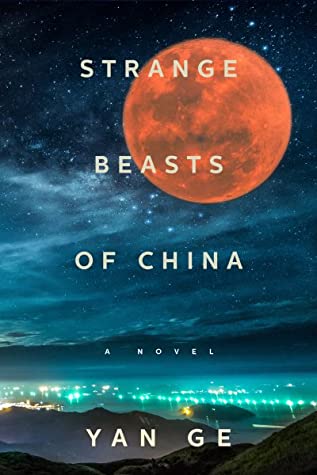It’s over! The yearly competition to determine which book penned by a Canadian author is ‘the one that all Canadians need to read right now’ has concluded and a victor has been chosen. If you’re not familiar with the format, here’s how it breaks down. Five luminaries on the Canadian cultural scene decide to “champion” one of 15 longlisted books in a debate that’s broadcast over radio and televised across the country. Between March 4-7, daily debates took place, with a round of voting to eliminate one of the books at the conclusion of each discussion. Long-running host Ali Hassan was at the helm, acting as moderator and throwing in a few puns along the way. The theme for this year was an interesting one: Which work is the “one to carry us forward.” Carry us forward to where, you might ask. Fans of Jeopardy (such as myself), may be familiar with last year’s Canada Reads winner and overall excellent human, Mattea Roach. Roach was a formidable competitor on the classic quiz show and now holds the title for “most successful Canadian competitor” in the history of Jeopardy. Roach selected Kate Beaton’s graphic novel, Ducks, as their fighter in the ring. The true account of Beaton’s time working in the oil sands of Alberta and the complicated relationship the writer had with her gainful employment are conveyed through skilled illustrations. It was the first graphic novel to be honoured by the Canada Reads title. Check out one of Roach’s epic wins on Jeopardy here for a taste of their excellence. Turning to this year, the ‘great Canadian book debate’ was in its 23rd iteration, and this year’s contenders chose some intriguing reads. Here are the titles with their corresponding champions:
Continue readingTag Archives: short stories
Modern Myths
Modern Myths
I have always been fascinated by mythology and, to a lesser extent, the religions surrounding it. Or that created the myths in the first place. Having been raised religious only to eschew that way of life as I get older, as many people in my generation have, I still remember the stories that are part of the mythos of Catholicism*1: God creating the world in seven days*2, Noah’s ark, David and Goliath, The Book of Revelation, and others. These are shared archetypical stories transcending cultures, even if details differ. The Creation Myth*3, The Ark*4, Divine Intervention*5, and The End of the World as We Know It*6 link with the stories mentioned. With these tales being archetypical, it’s only natural that they get repackaged and repurposed as time passes. Sometimes they’re brought into modern times but maintain the same message or ideas. Other times authors take them in a different direction or focus on characters that were sidelined in the original tale, which is particularly common with female characters. These rewrites can be serious, satirical, feminist, drive home An Aesop*7, or just stories that use mythology as a jumping-off point for something otherwise original.
Strange Beasts of China
Set in a fantastical China where a variety of so-called beasts coexist with people, in an indeterminate era that evokes some sense of the past in the sense that the vocabulary chosen and style of writing is reminiscent of what one may find in translations of old texts (a deliberate choice), Strange Beasts of China starts off in a somewhat sterile fashion, detailing one type of beast per short chapter, as though a guidebook to a fantastical world that we have already been immersed into, the way that Fantastical Beasts and Where to Find Them is about the magical creatures in the world of Harry Potter, except we’re discovering this world as though through these reports of the beasts. And as the narrator becomes ever more enmeshed with the beasts she introduces, the narrative begins to take on a frenetic pace – the guidebook structure doesn’t crumble altogether, but becomes infused with its own life: what are the beasts, these Others, and who are the true beasts here? As the author mentions in an interview with the CBC, she was “making pretty straightforward metaphors about marginalized, underrepresented and oppressed groups”, and it’s not difficult to derive this from the text, but the change in pacing, in tone, as Strange Beasts tumbles along, half detective story/half guidebook, makes it difficult to tear yourself from the blurry and messy story of the beasts within the story, as the sterility of the guidebook entirely falls apart to reveal how fragile are what details we take to be the truths that constitute our world.
I’m not usually a great fan of short stories, and so I wasn’t too sure when I picked up Strange Beasts of China that I’d get into it, but the short stories are all interconnected, dropping clues for the reader – never enough for you to figure it out, I don’t think, but enough to make some guesses – such that you won’t be able to tear yourself from the story once it reveals itself.
Continue reading
